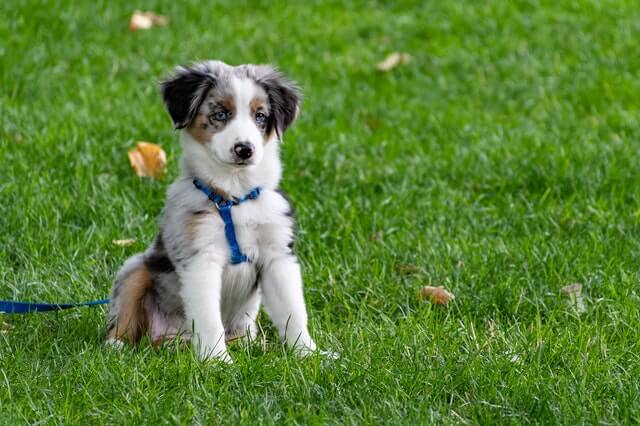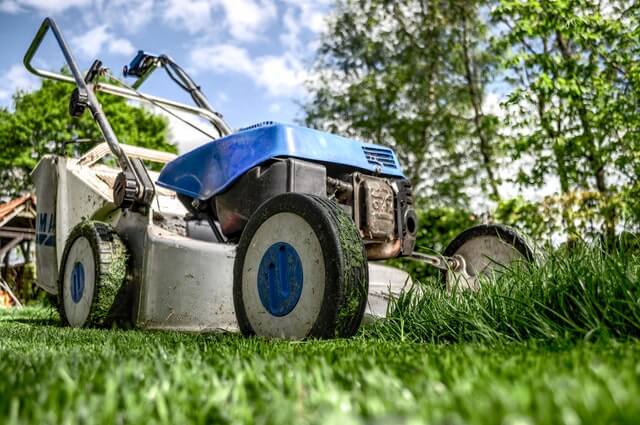Do you want to improve your rental property’s landscaping?
As a landlord, you have many responsibilities. Finding ways to prioritize your tasks is the key to efficient management. However, landscaping is a relatively important task that tends to get less attention.
While collecting rent and conducting property repairs are crucial, Bighorn Rentals says, it’s important you find time to maintain and upkeep the exterior of your property too. Upkeeping the outside of your rental is important because it will preserve and increase the value of your investment.
In this article, we will list the main do’s and don’ts of landscaping your rentals. You’ll learn the top tips for boosting your rental property’s curb appeal and your tenants’ satisfaction.
Here are the Things you Want to DO:
DO Comply with Local Rules
You need to check your local laws on any restrictions that might apply to your rental property’s landscaping. For instance, some neighborhood guidelines restrict you from hardscaping more than a certain square footage.
DO Designate a Pet-Friendly Space
Do you allow pets in your rental property? If yes, you should designate a separate section of the lawn for them. You can use fencing or other markers to set strict boundaries for this space. Use pea gravel or mulch to cover the pet-friendly turf.

DO Ensure Proper Drainage
Large stones, landscaping timbers, and retaining walls can block drainage in your rental property. Make sure to remove any obstacles that increase the risk of drainage issues. Plus, regularly maintain the landscaping to fix any drainage problems before they become more costly.
DO Consider Spacing Needs
You want to be mindful about the distance between trees and your property’s foundation.
If you have large trees, keep a minimum distance of 30 feet. If you have small trees, keep them at least 10 feet away from the property’s foundation. As the trees grow, their roots grow, too. This means that the structural integrity of your rental property could be in danger if you don’t consider this distance.
DO Plant Local Varieties and Perennials
You’ll save money on expensive fertilizers and complicated irrigation if you opt for local plant varieties. For instance, consider purchasing regional flowers. These will cost you less money compared to exotic ones. Not to mention, your ecological impact will lessen as well.
Additionally, consider planting perennials in your rental property’s yard. This type of plant demands less water and care. This is a great choice, especially if your rental is in an area that experiences frequent droughts.
Here is What you DON’T Want to Do:
Now that we’ve considered what you should do, here are some of the things you want to avoid.
DON’T Install Excess Paving
Most tenants love to have greenery surrounding their home. For this reason, don’t install too much paving. This can hurt the aesthetics and decrease tenant satisfaction. Plus, excess paving increases the potential for flooding and mold growth.
DON’T Add too Many Water Features
Water features such as fountains and cascades are a beautiful and serene addition to any yard. However, these features demand a lot of upkeep and result in a more expensive water bill. You should only consider these features if you have an upscale rental property.
DON’T Neglect the Lawn
Mow the lawn on a regular basis. If you only have enough time to tackle one landscaping duty, this is the one you should choose because unkempt lawns hurt the curb appeal and reduce tenants’ quality of life.

DON’T Pick Niche Design Solutions
Personalized landscaping design schemes work for individual homeowners. That said, you should keep your rental properties more neutral. This will help to attract and retain quality tenants. If you cater to the average taste, you’ll be safer. Unusual choices could potentially increase your vacancies.
DON’T: Waste too Much Water
Consider installing a smart sprinkler. This digitally backed system will reduce water waste in your rental unit. You can pre-program the system to water the lawn at specific times and choose the maximum water output.
In a Nutshell: Rental Property Landscaping Dos and Don’ts
As a landlord, you shouldn’t ignore your rental property landscaping needs. While you may always have more urgent tasks at hand, it’s important that you find ways to conduct regular landscaping maintenance and improvements.
In general, here are some takeaway points to up your rental’s landscaping game:
- Refrain from personalizing or niche designing solutions.
- Follow spacing requirements between trees and the property’s foundation.
- Regularly check whether the property has efficient drainage.
- Install a smart sprinkler system for eco-friendly irrigation.
- Plant local varieties and perennials in the yard.
- Reconsider any advanced water features.
- Research and comply with local regulations.
- Consider opening a pet-friendly space.
- Avoid the installation of excess pavement.
Finally, if you’re limited on time, always prioritize mowing the lawn. This will make the yard look fresh, attractive and cared for.





